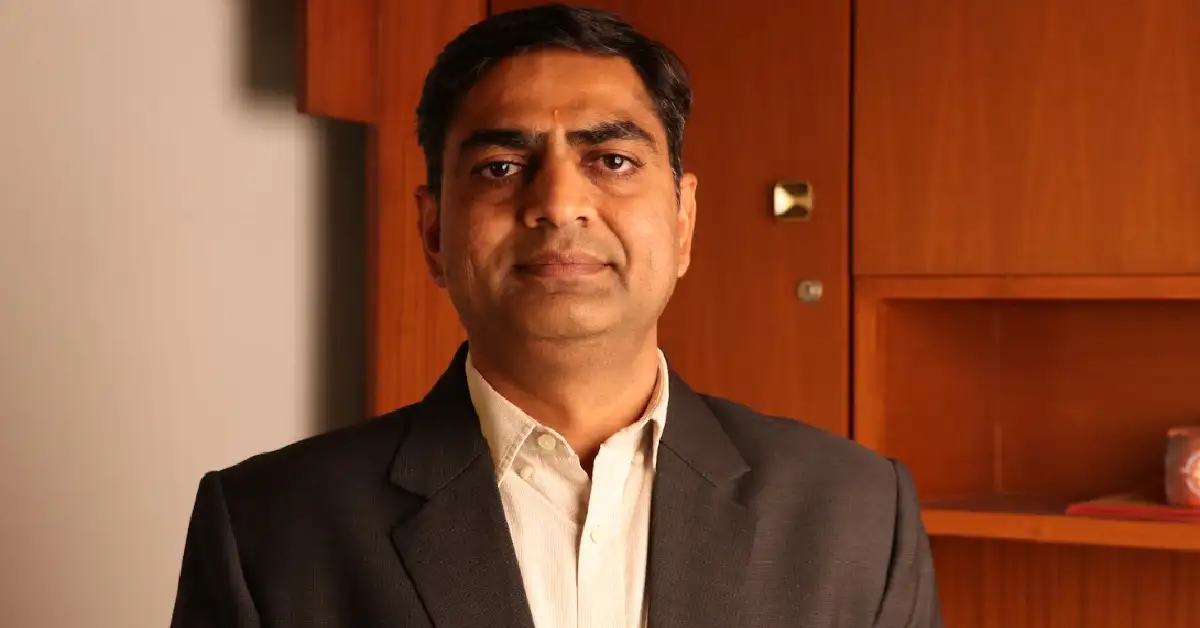Subtotal ₹0.00
GAP Group, one of western India’s fastest-growing infrastructure developers, has welcomed the latest Goods and Services Tax (GST) reforms, calling them a “transformational moment” for the real estate and industrial sectors. The GST Council’s move to simplify tax structures and cut rates on key construction materials—including cement (from 28% to 18%) and steel, granite, sand-lime bricks, and bamboo flooring (from 18% to 12%)—could lower construction costs by an estimated 3–5%.
Ambrish Parajiya, Managing Director of GAP Group, said the reforms will not only reduce project costs but also improve housing affordability, particularly for compact homes and first-time buyers, while boosting the viability of infrastructure and industrial projects across regions like the Dholera Special Investment Region.
Cement and steel account for nearly 60% of construction costs and estimates show the tax cuts could lower construction costs by 3-5% and also reduce overall costs, bringing immediate relief to developers. The lower prices will, in turn, also directly benefit homebuyers by improving affordability.
Parajiya said, “These reforms are a landmark moment for India. The real estate sector, which contributes nearly 7% to India’s GDP, is expected to get a strong push because of the GST reforms. The reduction in GST rates on core raw materials like cement and steel will significantly reduce project costs, allowing us to pass on the benefits to customers.”
The reforms are also expected to give a fresh push to the affordable housing segment, with lower costs making projects more viable and boosting demand. Compact homes such as GAP Group’s 1BHK studio apartments of 330–360 sq. ft become even more affordable for first-time buyers and young professionals.
“The revised GST framework will bring affordable housing within reach of lakhs of families and contribute to the government’s ‘Housing for All’ mission.” he added.
For cities like the Dholera Special Investment Region (SIR) in Gujarat, where GAP Group is engaged in infrastructure development, the reforms are expected to enhance project viability and accelerate timelines. The combination of lower costs, better affordability, government-backed industrial corridors, and world-class infrastructure is expected to create a powerful ecosystem for growth.
Dholera, planned as India’s first platinum greenfield smart city, is already poised for a major leap with significant investments in semiconductors, renewable energy, and other sunrise sectors. Infrastructure projects like the Dholera International Airport and
Ahmedabad-Dholera Expressway will significantly enhance the region’s connectivity and support its growth.
As India becomes increasingly urbanized, with cities expected to be home to 40 crores more people by 2047, the real estate sector, aided by bold reforms, will play a pivotal role in ensuring India’s emergence as a developed nation and becoming a $30 trillion economy.
On the industrial front, lower GST on raw materials strengthens India’s cost advantage at a time when a growing number of multinational companies are looking at India as part of their China+1 strategy to diversify supply chains. With labor costs already favorable and trade agreements expanding, India is well-poised to attract more foreign direct investment across sectors such as renewable energy, electric vehicles, automation, and semiconductors.
“For manufacturing, lower input costs improve competitiveness and attract new investment. This is the kind of bold reform that strengthens both Ease of Doing Business and Ease of Living,” Parajiya added.








